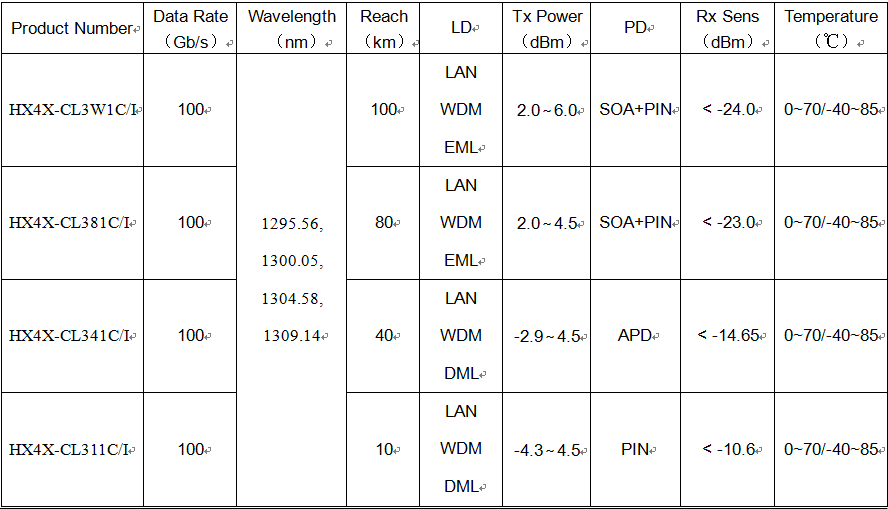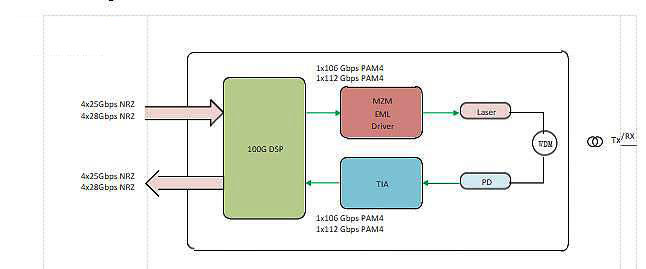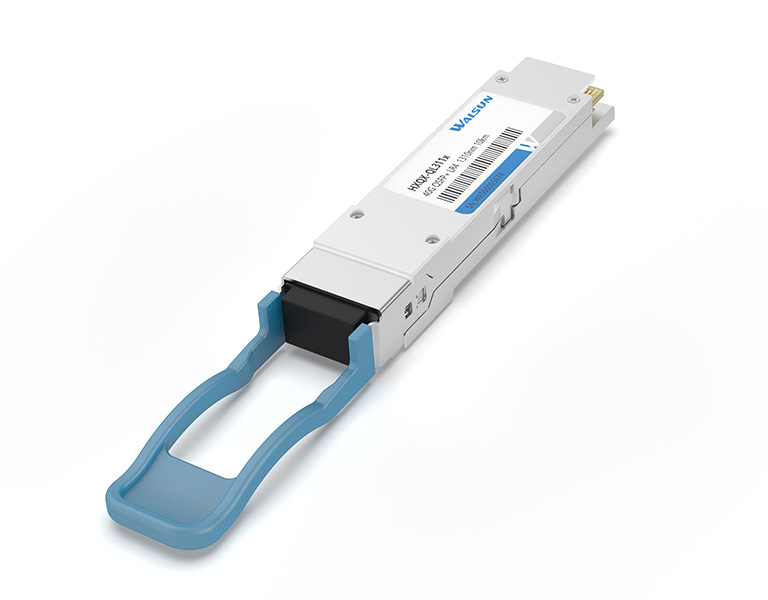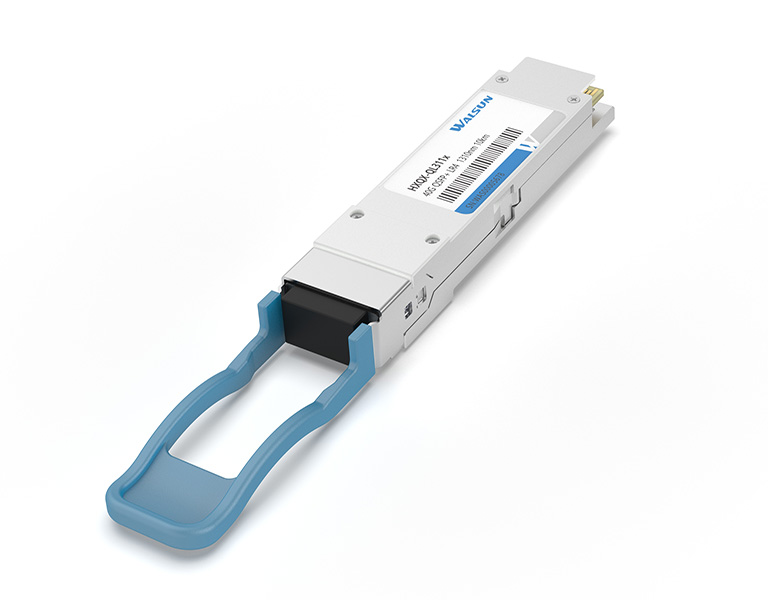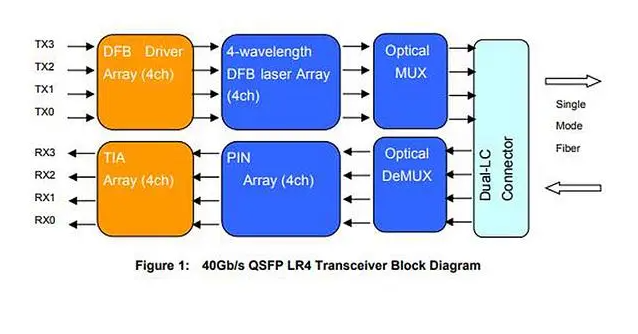- 40G optical module plays a key role in high-speed networks. It is a fiber optic communication device used to transmit data, with high-speed data transmission capabilities, widely used in data centers, telecom operators, enterprise networks and other fields. In this article, let's take a look at2074

- The 100G QSFP28 BIDI LR1 Single Fiber Optical Transceiver Module is an optical transceiver module designed for single-channel O-band optical transmission over 10km-20km. The module contains single-channel optical signals and operates at 100Gbps data rate. The 4x25Gb/s (4x28Gb/s) NRZ electrical input1872

- 40G QSFP+ DAC high-speed cable and QSFP+ optical modules can be used as 40G network transmission solutions, 40G QSFP+ DAC high-speed cable applications are more in the data center of the short-distance transmission, low-cost, convenient cabling and other advantages, and 40G optical modules can be re1406

- Another expansion on the original SFP concept, QSFP uses double fiber pairs. The Q stands for “quad,” and the additional pair allows for substantially more powerful data transmission. QSFP connectors are still small and hot-pluggable, and they still support Ethernet and fiber optics. Added to the su1574

- 40G QSFP+ LR4 optical modules are widely used in 40G networks, which contain two types of 40G QSFP+ LR4 CWDM4 optical modules and 40G QSFP+ LR4 PSM4 optical modules. The former is used to connect WDM links and the latter is used to connect parallel single-mode fibre links, but what is the difference


 CHS
CHS Walsun Mall
Walsun Mall

